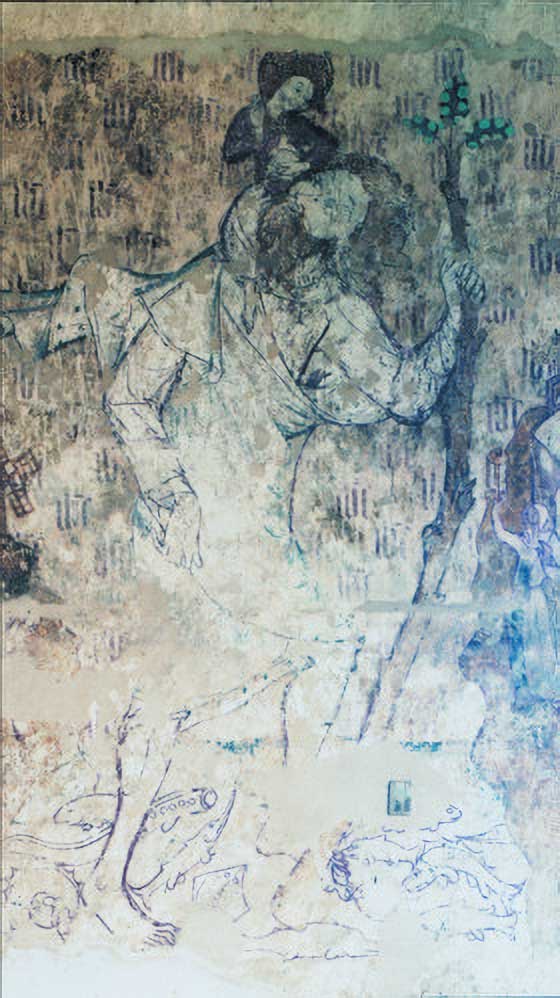Explore Surrounding Ruthin
If you are visiting Ruthin, why not explore some of these villages nearby for activities and attractions, history, landscapes and a friendly welcome.
If you are visiting Ruthin, why not explore some of these villages nearby for activities and attractions, history, landscapes and a friendly welcome.
On the fringe of the tree-covered hills of Clocaenog Forest, the church here displays fine wood-carving, stained glass, and other treasures.
A remote and attractive community in a ‘hidden’ beauty spot in the wooded Clywedog Valley. The name of the village means “place of pollard trees/stumps” and comes from the Welsh word cyffyll meaning stumps.
The ‘capital’ of the district of Iâl or Yale (‘the hill country’) Llanarmon takes its name from St. Garmon or Germanus, a 5th century warrior-bishop once active hereabouts. Its big ‘double-naved’ church is among Denbighshire’s most intriguing, displaying many treasures including the fine Stuart monument of Captain Efan Llwyd. Nearby (but on private land) is the medieval castle of Tomen-Y-Faerdref.
Climbing a steep rise up to the Clwydian Range, Llanbedr has a charming Victorian church with a striped roof, walls and spirelet.
This wayside village has a fine big double-naved church, with interesting monuments and a ‘mosaic’ mediaeval glass window, allegedly saved from Civil War destruction by burial in the great chest now below it. The churchyard gate bears the motto ‘Heb Dduw, Heb Ddim’ – ‘without God, without anything’.
A small community by the road across the Clwydian Range, clustered around the pub and the church with its charming ‘lantern’ bellcote and wrought-iron gates, made by the Davies Brothers (master craftsmen of Bersham – who also made the famous gates to Chirk Castle) in the early eighteenth century. There are lovely walks in nearby Big Covert and Bryn Alyn.
A scattered hillside community memorably set against the backdrop of Moel Famau. St. Cynhafal’s is among Denbighshire’s most atmospheric churches, ‘double-naved’ with a pair of fine ‘angel roofs’. It abounds in curious and delightful furnishings, including a carved and gilded 17th century pelican. The parish also contains newly restored timber-framed Ty Coch barn, and St. Cynhafal’s holywell (on private land).
In a quiet hamlet amid river meadows, St. Saeran’s at Llanynys was once the ‘mother church’ of the whole surrounding region. The big double-naved church contains numerous treasures including an ancient sculpted cross-head; Elizabethan panels charmingly carved with fantastic beasts; and especially a huge mediaeval wall-painting of St. Christopher.
